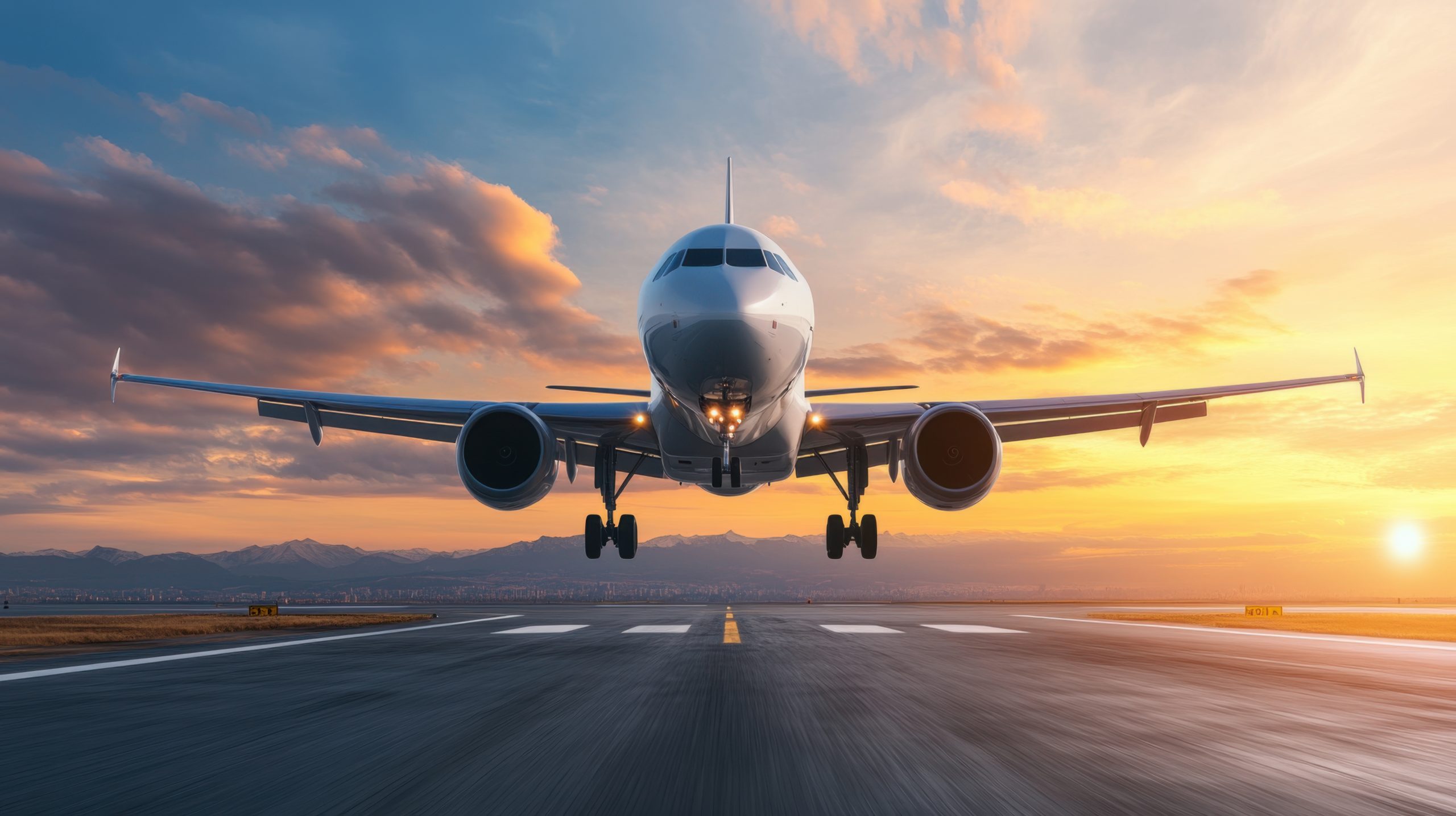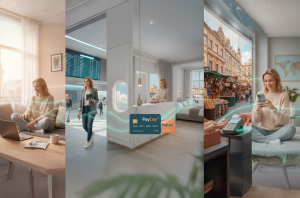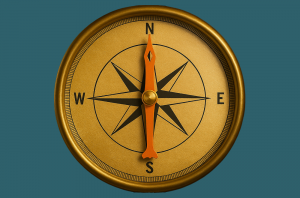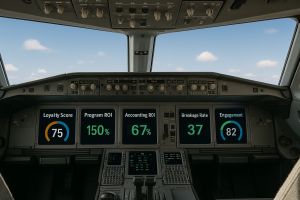Legacy Constraints Are Holding Back Loyalty Innovation
Airline loyalty programs have long been a key lever for customer retention and revenue growth. But today’s aviation landscape looks very different than it did a decade ago. The rise of real-time digital experiences, increasing customer expectations, and fierce market competition have turned loyalty into a space that demands agility, precision, and personalization. Modern loyalty takes these new realities seriously – shifting from static systems to dynamic, data-driven engagement platforms.
Yet many airlines are still operating their programs on systems designed in the early 2000s.
Legacy platforms like Oracle Siebel – once industry standard – are now a source of operational drag. Business users struggle with long lead times to launch changes, technical teams navigate around rigid structures, and leadership is left watching innovation stall while competitors move faster.
In an environment where speed and relevance drive member engagement, outdated technology is more than an inconvenience – it’s a risk.
The Cost of Standing Still
Airlines operating on legacy systems face a common set of challenges:
- Slow Innovation Cycles: Launching new features or promotions often requires significant IT involvement and lead time, making it difficult to react to market shifts or customer needs.
- Operational Inefficiencies: Manual workarounds, poor usability, and siloed data eat into team productivity and limit the ability to optimize performance.
- Fragmented Member Experiences: Rigid data models and limited real-time capabilities lead to generic, delayed, or disjointed member touchpoints – falling short of today’s expectations for personalization and immediacy.
- Heavy operational costs: Rare expertise, constant customization, and high maintenance drive up costs and reduce flexibility.
Ultimately, these limitations don’t just create internal frustrations. They translate into missed opportunities for revenue, loyalty, and brand differentiation.
FLITE by LPS: What Modern Loyalty Platforms Make Possible
Modern platforms – built with today’s data, customer, and business needs in mind – change what’s possible for loyalty teams.
LPS FLITE, for example, was designed specifically for the complexities of airline loyalty, drawing on industry best practices and real-world airline transformation projects.
With a modern foundation, airlines can manage and evolve loyalty programs with far greater agility. Business users can configure logic, tiers, and rewards without relying on developers. Marketing teams gain access to real-time event data, enabling timely and relevant communications. And IT teams benefit from a scalable, secure architecture that integrates with existing systems while supporting future growth.
Real-World Proof: When Migration Becomes Momentum
For airlines considering the leap from Siebel or another legacy system, migration often feels like the biggest barrier. It’s complex, sensitive, and critical to get right.
But it’s also very possible and proven.
In 2023, Alaska Airlines completed the first full-scale Siebel-to-LPS FLITE migration in the industry. The transition included all core program elements: members, miles, partner rules, and program logic. More importantly, it was delivered on time and without disruption to members or partners. Since going live, Alaska has been able to launch new benefits and promotions with greater speed and flexibility finally unburdened by legacy system constraints.
In addition, United Airlines demonstrates the scalability and robustness of the LPS FLITE platform in one of the most complex loyalty environments globally. Replacing a legacy in-house solution, FLITE now powers United’s MileagePlus program, serving over 100 million members. The implementation required real-time data handling at scale, dynamic personalization, and seamless partner network integration proving FLITE’s ability to deliver performance, flexibility, and resilience at the highest level.
These examples underscore a critical point: the path away from Siebel is no longer theoretical – it’s already been walked. And for airlines still hesitating, the window to keep pace is closing.
Migrating from a legacy platform doesn’t happen overnight. It’s a strategic journey that involves planning, collaboration, and a deep understanding of loyalty architecture, data models, and airline-specific processes.
What matters is having a trusted, experienced partner – and a clear framework for change.
For Alaska Airline, United Airline and others, transformation wasn’t just about swapping out systems. It was about unlocking potential: more responsive campaigns, smarter member engagement, and the agility to evolve in line with business strategy. It takes vision, expertise, and the right partner to turn migration into measurable momentum.
For other airlines, the journey may look different – but the destination is the same: a loyalty program that’s future-ready, high-performing, and fully aligned with today’s market realities.
Navigating the Journey: From Legacy to Take-Off
READY TO TAKE THE NEXT STEP?
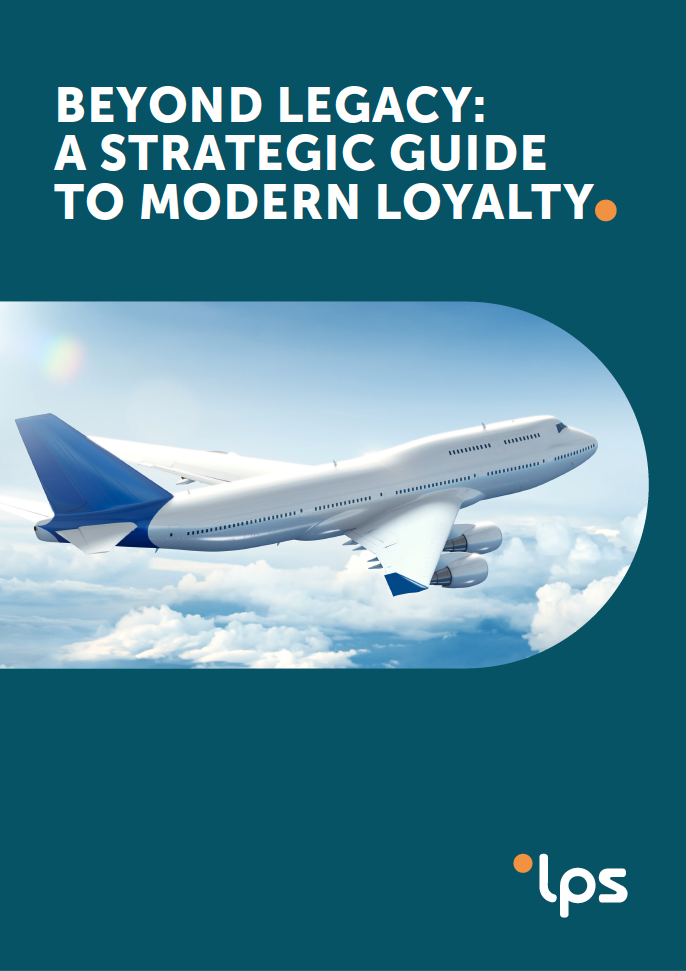
Conclusion: Now Is the Moment
If you’re still operating on Siebel or any legacy platform, now is the time to seriously consider what it’s costing your airline – not just in terms of IT effort, but in lost opportunities to innovate, engage, and grow. Modern loyalty takes courage – and a commitment to leave behind what no longer serves your business.
Airlines like Alaska Airline and United Airline have shown what’s possible when you make the switch.
Your loyalty program shouldn’t be what holds you back. It should be what propels you forward.
Interested in exploring what a transition could look like for your airline?
We’re happy to share our experience and insights.
Connect with our team for a strategic conversation.


